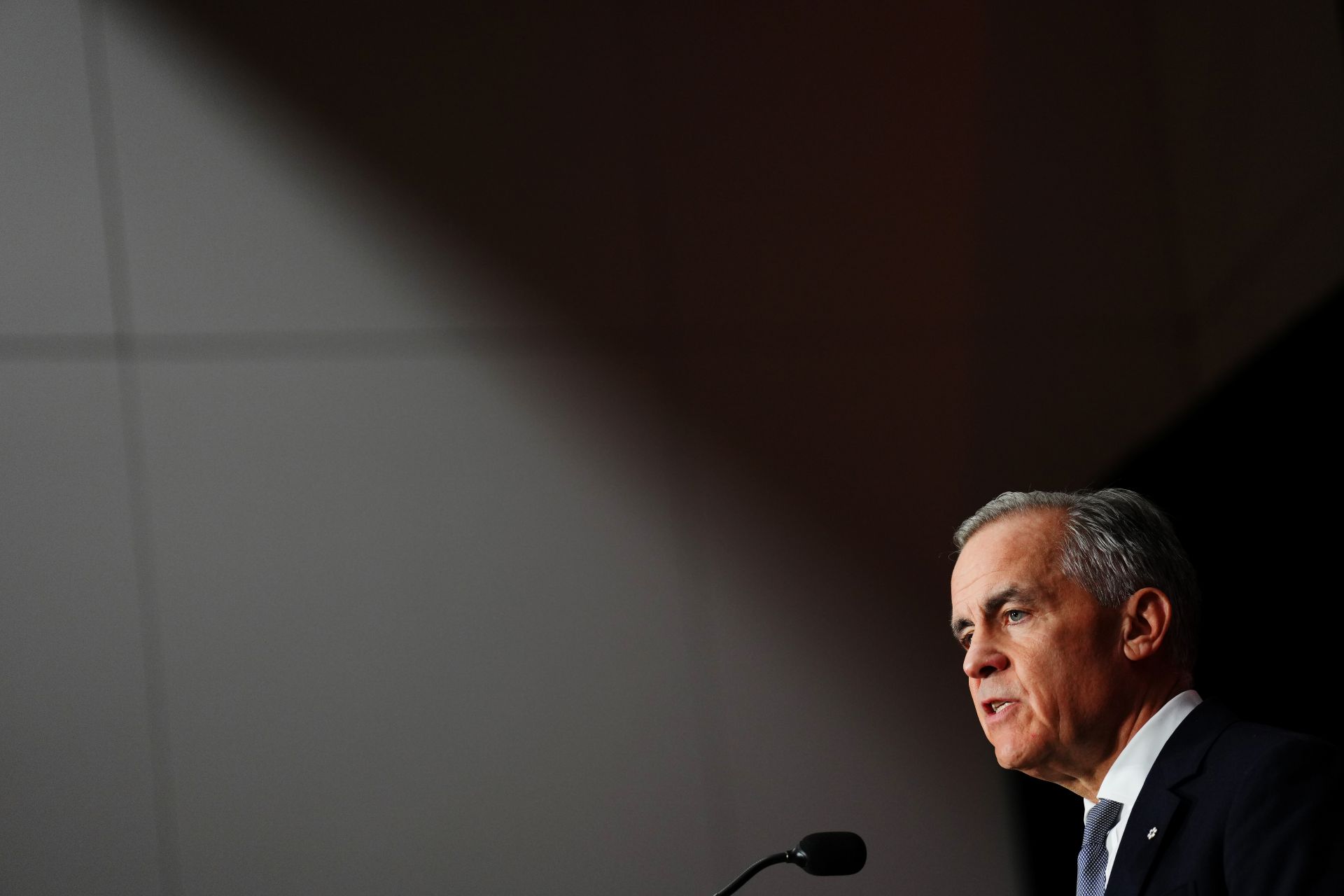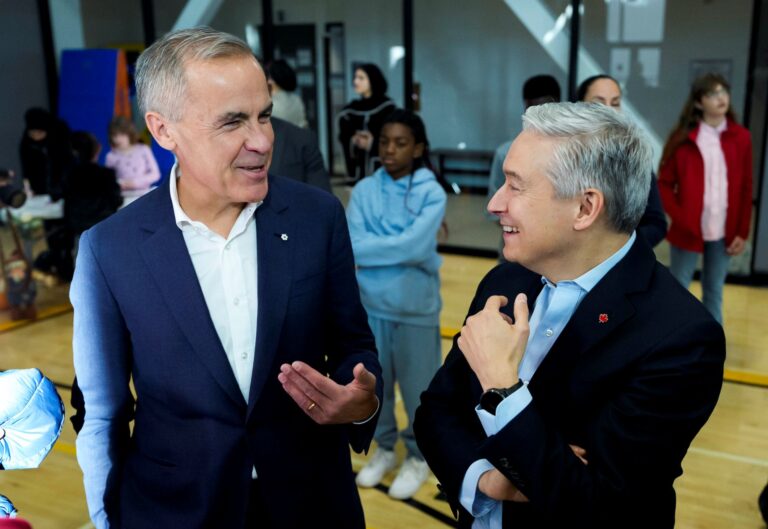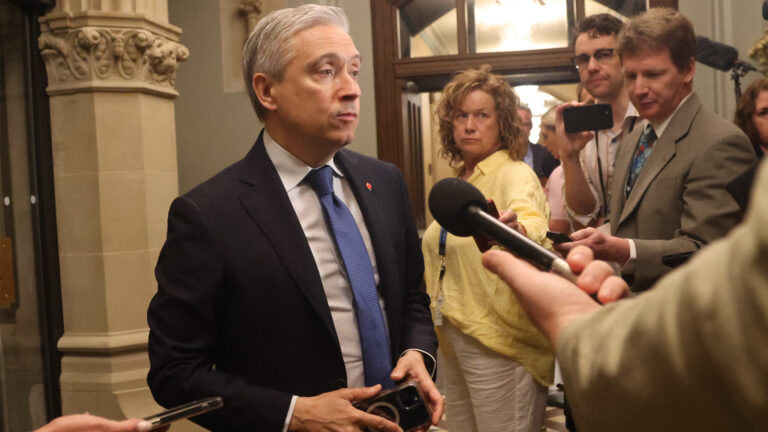With Canada facing a slew of challenges, the Carney government promised a budget that would “swing for the fences” — one that would make generational investments to build, protect and empower Canada.
To do so, the budget outlines an industrial strategy focused largely on infrastructure and boosting business productivity and competitiveness. It hits a lot of the right notes with investments in trade infrastructure, critical minerals and tax incentives for business investment. It also strives to use federal fiscal power to catalyze investment from different sources, with the aim of maximizing the economic impact of each public dollar.
However, with few measures directly aimed at households, the budget appears to sideline affordability — a pressing issue for many Canadians. The government may be betting that Canadians see the wisdom in securing the economic foundations that support Canada’s social programs. As Manitoba Premier Wab Kinew often says, the economic horse pulls the social cart.
The Carney government may be on the right track, but whether the budget delivers remains to be seen. Success requires the public service to excel at program execution, while its employees, funding and access to outside consultants face cuts. This will be a serious test for the public service.
The first industrial strategy in decades
Budget 2025 uses a long list of adjectives, such as accelerating, boosting, strengthening, mobilising, catalysing (with British spelling) and supercharging, to describe a package of measures that arguably amounts to the first comprehensive industrial strategy Canada has seen since the mid-20th century. The goal is to use federal spending and taxation power to drive investments from the private sector and other levels of government to help offset the economic costs of tariffs and the uncertainty they bring.
The budget doubles public capital investments over five years to enable more than $1 trillion in total investment — including in major projects, housing and infrastructure. A suite of tax incentives will also provide Canadian businesses with the lowest marginal effective tax rate in the G7.
Particularly promising investments include:
- Spending $5 billion over seven years in a “trade diversification corridors fund” for rail, ports and other infrastructure to improve access to non-U.S. markets.
- Dedicating $2 billion over five years for a “critical minerals sovereign fund” to invest in projects and companies.
- Creating a “productivity super-deduction” that includes tax incentives to encourage businesses to invest in productivity-enhancing assets and technologies.
A proliferation of strategies: Some impressive, some less so
As part of the industrial strategy, the budget includes a climate competitiveness strategy, a defence industrial strategy and a trade diversification strategy. It also promises an artificial intelligence strategy by the end of 2025.
The climate competitiveness strategy is underwhelming. It vows to engage provinces and territories on a post-2030 industrial carbon pricing trajectory and the benchmark that harmonizes plans across regions. The strategy also promises to update and finalize regulations for methane emissions, electric vehicles and clean fuels, and adjust tax credits.
It hints at axing the oil and gas emissions cap, noting that technologies such as carbon capture and storage would remove the need for it. Expanded critical mineral measures are also rolled into climate competitiveness, given their use in electric vehicles and clean energy.
The defence industrial strategy is more concrete. It commits $6 billion over five years for the creation of the Bureau of Research, Engineering and Advanced Leadership in Innovation and Science (BOREALIS), support for small and medium-sized enterprises to contribute to defence and security capabilities, and funding to develop and commercialize dual civilian-military technologies. This commitment includes funding for quantum technology development and adoption, partnerships with allies to secure critical mineral supplies, and development of sovereign space launch capability.
The trade diversification strategy is also relatively specific. It earmarks $5 billion over seven years for trade infrastructure, $1 billion over four years for dual-use transportation projects in the north, and enhanced capacity for Export Development Canada to increase the total business they facilitate by $25 billion by 2030.
However, two of the most interesting announcements come with little funding. The first is a new Strategic Exports Office to co-ordinate trade diversification engagement across all departments. The second is tapping the Major Projects Office to act as a single window for proponents and steer a unified and co-ordinated financing approach that prioritizes nation-building projects. Both initiatives propose better co-ordination, which could be powerful if it gets all departmental and Crown agency efforts working in lockstep to achieve the government’s goals.
Execution challenges
Whether the budget delivers will depend on a public service that is expected to do more with less.
The budget commits to reducing the public service workforce by 40,000 below its 2023-24 peak over three years, which amounts to a 10 per cent cut. Early retirement incentives may alleviate some of the pain but could result in a significant loss of knowledge and experience. The public service must also spend 20 per cent less on external consultants, which will limit the option of outside help.
Fiscal rules and the return of discipline to Canada’s finances
Canada’s economic success is at risk from weak climate adaptation
IRPP research shows that industrial policies succeed or fail based on the clarity of the strategy, strength of governance and rigour of program evaluation. To deliver the Carney government’s industrial strategy, policy excellence is a must — something that depends on a public service with strong leadership, significant expertise and effective processes. This may be a tall order for institutions that must cut programs and staff.
Great expectations come with risks
By using lofty language to describe the budget, the government has raised expectations. Canadians may come to feel it overpromised and underdelivered.
It will take time for investments to show results, no matter how fast the government moves. As such, the government must find a way to demonstrate tangible benefits on a shorter timeline to keep Canadians on board. Otherwise, its efforts may amount to a swing and a miss.











